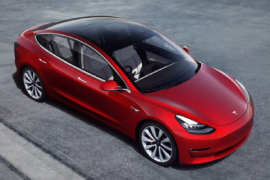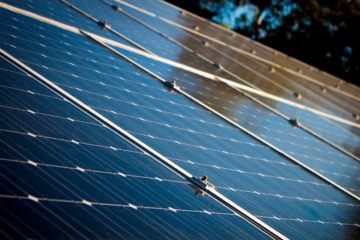If you’re just starting out looking into Solar or Home Battery Storage Systems all the terminology and figures can be quite confusing. Solar systems are referred to in kW’s… batteries in kWh’s and also sometimes in kW’s or even kilowatt/hour but what do they actually mean?
Continuous Power vs Total Power
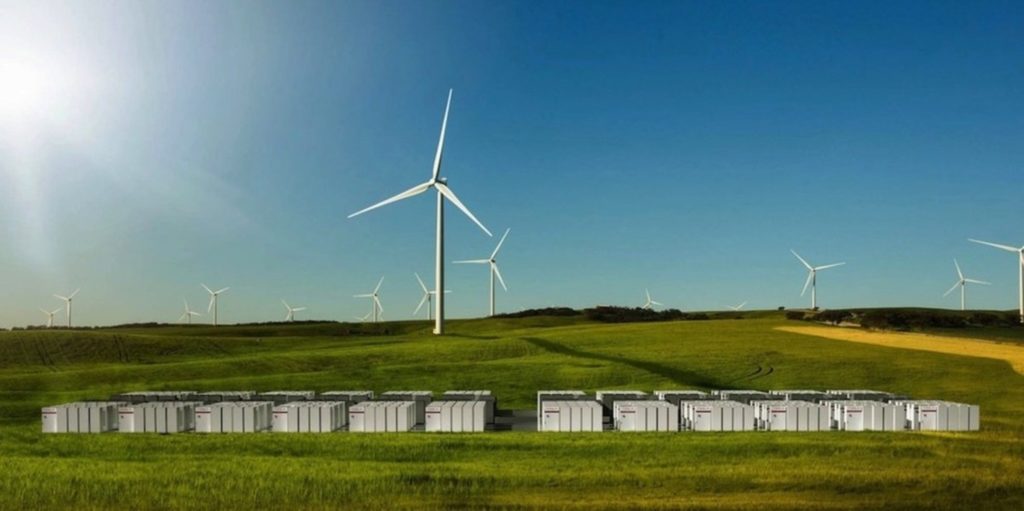
The very first thing to understand is that there is continuous power and there is total power used.
These two things have different units for them just like when we talk about 20 km’s or 20 km’s/h. 20 km’s is a distance measurement while 20km/h is a speed measurement (ie. you’ll go 20 km’s over 1 hour).
Power is measured in Watts. So you can have 1 W (watt), 1 kW (kilowatt), 1MW (megawatt) and so on. Note that there is no “/hour” or “h” after these units as power is a continuous thing. It doesn’t end after 1 hour, the device is using 1 kW for as long as it’s turned on.
When you have something that uses up 100 W of power (or produces 100 W of power) it does this continuously throughout time. For example if you measure the power use of that inefficient heater it might say 1,000 Watts or 1 kW. Simple.
Where things can get a bit confusing for many people is what happens when we want to define this power use over time. If you have that same 1 kW heater on for an hour… how much total power has it used?
1 kW of power used for 1 hour. = 1 kWh (kilowatt hour)
This kWh figure is what you’ll see on your power bill as this is the total amount of power used over time.
Solar Systems
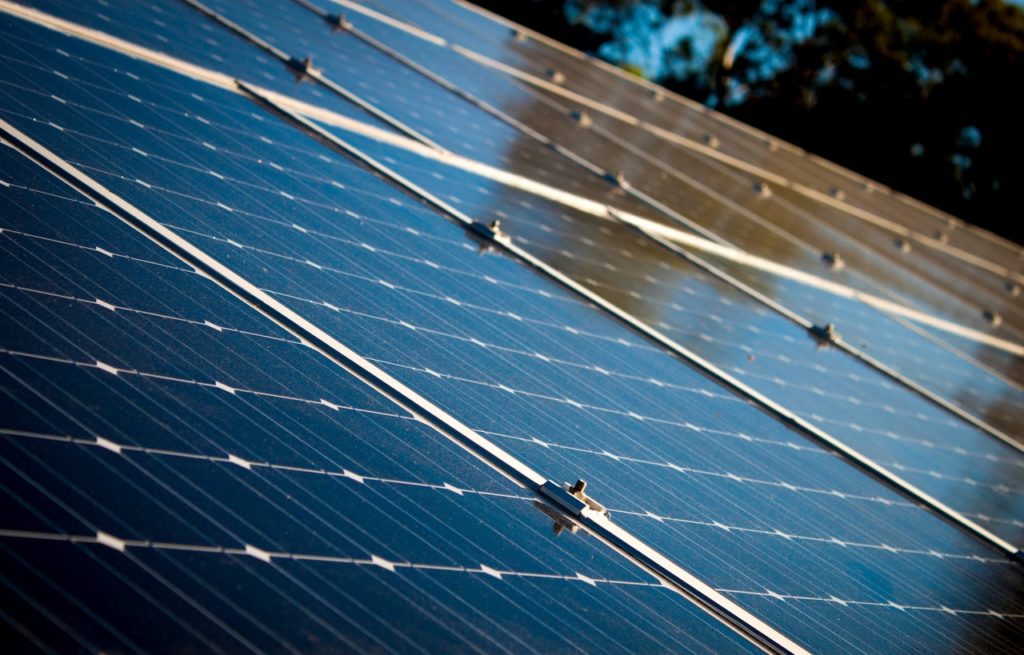
So using the above definition of Continuous Power and Total Power we can see that as solar systems don’t store any power (they only produce it) they are measured in just watts, kilowatts or even sometimes megawatts.
This is why you see ads for a 5 kW system or a 10 kW systems. These solar arrays (at certain sun radiance) produce a constant power output of 5 or 10 kilowatts (kW). Often though with the marketing and other info companies produce for solar systems they will also include a “kWh amount”. What gives!?
This is because if you have a solar array producing 5 kilowatt of continuous power for 1 hour you end up with 5 x 1 = 5 kWh’s of total energy produced over that time period. As you can see, we’re once again talking about total power produced here so we add on the “h” to the kWh.
As a side note, the _‘s_ that’s added to the end of kWh (kWh’s) isn’t strictly speaking meant to be used, people just tend to add it. 5 kWh and 5 kWh’s mean the same thing.
Obviously solar array’s don’t produce a constant amount of power output over the course of the day as the sun goes up and down. However to give prospective owners an estimate of how much total power these systems will produce ads will give figures like “25 kWh’s a day average“.
This helps people compare it to their electricity bill which also tells you how much power you’ve used in kWh’s.
So in summary:
- Continuous Solar Power Output = 5 kW
- Total Solar Power Output Over The Day = 25 kWh
Battery Storage Systems

When it comes to Home Battery Storage Systems we’re now mainly talking about energy storage. This is why the headline figure for these products is usually in the “kWh’s”.
This means that something like a Tesla Powerwall 2 that has 14 kWh’s of storage can store enough power to run a device that requires 1 kW of continuous power for 14 hours. It could also run a device that requires 2 kW of continuous power for 7 hours and so on.
Again though things start to get a bit tricky because when a battery is outputting power to run other devices, it’s delivering continuous power just like a solar panel system might.
This means that these systems not only have a figure that tells your how much energy they can store (eg. 14 kWh’s) but also another figure that tells you their maximum and steady power output (eg. 5 kW).
| Tesla Powerwall 2 | |
|---|---|
 | |
| Guide: | Full Guide Here! |
| Price: | $11,700 |
| Storage Size: | 14 kWh |
| Dimensions WxHxD: | 115cm x 75cm x 15cm |
| Power: | 5 kW Steady 7 kW Peak |
| Last updated: 13th September, 2019. Please also note that while we try our best, there may be some errors or some points that are not 100% up to date. | |
We can see these two different figures in the above Powerwall 2 table. The “Storage Size” is represented in kWh’s while the “Power” is represented in kW.
It’s this key difference in power storage and continuously flowing power that really confuses most people but once you understand why they’re different it makes all the details not seem so bad.
So in summary of battery systems:
- Total Battery Storage Size = 14 kWh
- Continuous Battery Power Output = 5 kW
Summary
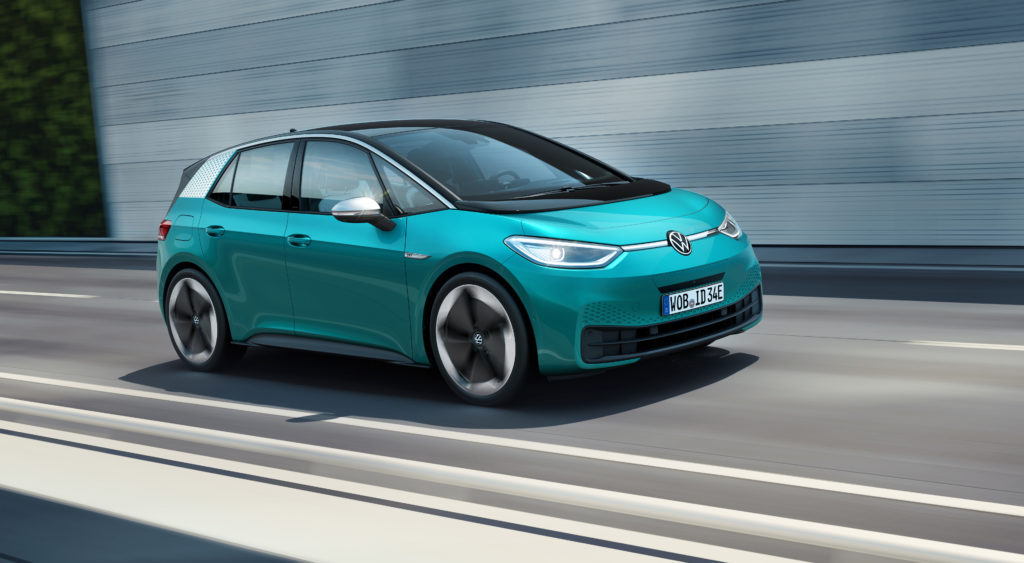
While it can be confusing to begin with, there are really only the two terms (kW and kWh’s). Everything else is just the longer way of saying them (kilowatt) or different amounts of the same unit (megawatt or MWh’s).
Unfortunately we can get some issues when people mix up their kW and kWh’s or start using a capital “K” in kW. Why the k is lower case I’m unsure, it’s just how the unit has always been represented so best to stick with it.
Knowing how to properly read stored power amounts and continuously supplied amounts is also super handy when looking at Battery Electric Vehicles (BEV’s). Just like home batteries they also store power and so have battery packs listed as “50 kWh’s”.
They also need to reference how quickly you can charge them too. As this is talking about providing a continuous amount of power to the battery we just use kW. This is why you’ll hear about Superchargers that can charge at power rates of 250 kW (or 250 kW’s which is the same thing).
Hopefully this has cleared things up a bit so you can now go and really take advantage of all these different types of future tech. Educating people on future tech and how you can benefit from it is what this site is dedicated to! So if you have any further questions let me know in the comments below!
The benefits include: 1) How to get those silky smooth videos that everyone loves to watch, even if you're new 2) How to fly your drone, from taking off to the most advanced flight modes 3) Clear outlines of how to fly with step-by-step instructional demonstrations and more 4) Why flying indoors often results in new pilots crashing their drone 5) What other great 3rd party apps are out there to get the most out of your drone 6) A huge mistake many pilots make when storing their drone in the car and how to avoid it 7) How to do all of these things whilst flying safely and within your countries laws.


